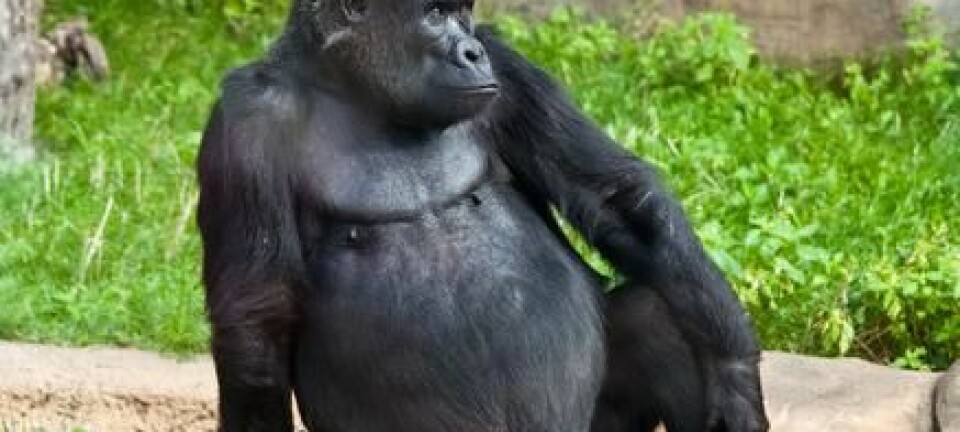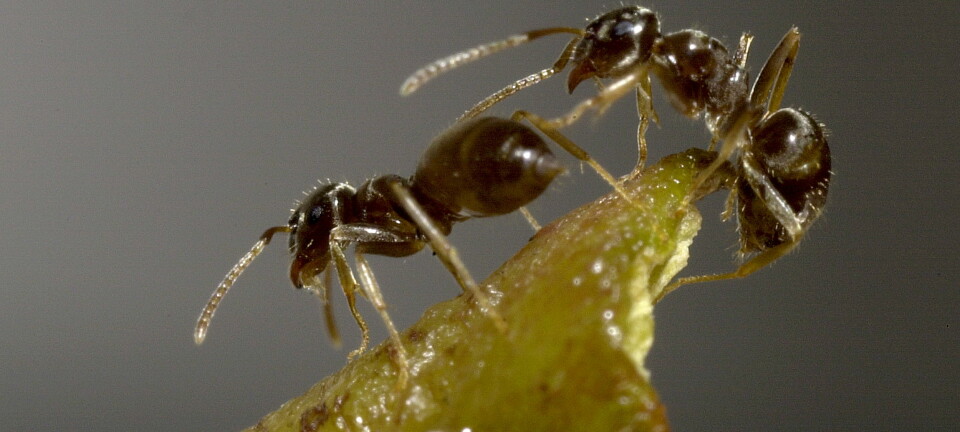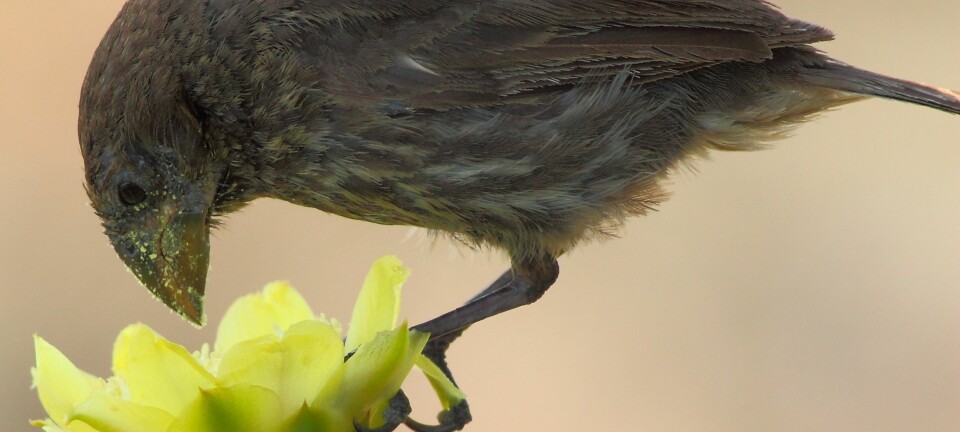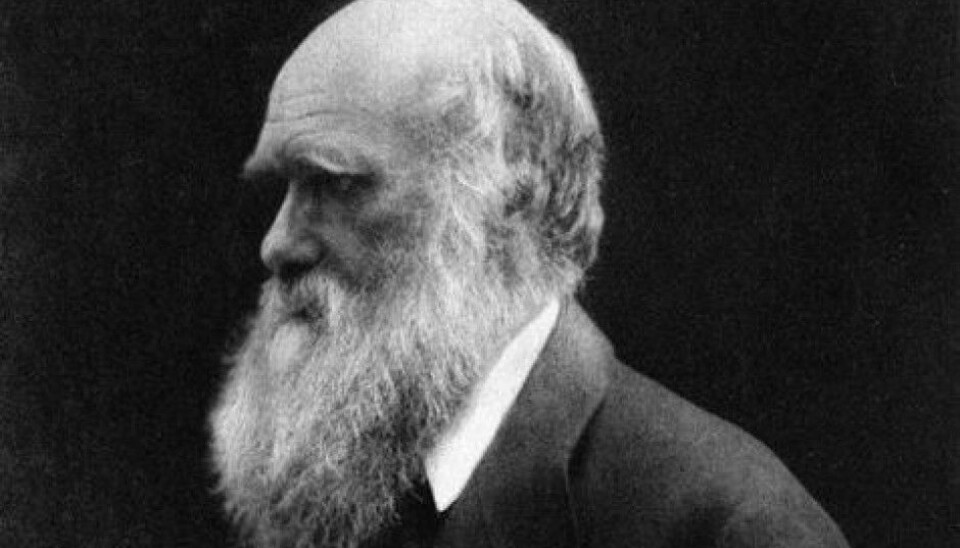
The Norwegian who inspired Darwin
A Norwegian who spent time on the Galápagos Islands may have changed the history of biology.
Denne artikkelen er over ti år gammel og kan inneholde utdatert informasjon.
A 16-year-old Norwegian boy left his village on Norway’s west coast in 1806 and to experience life at sea. One day many years later, as chance would have it, he met a young naturalist who has arguably become the world’s most famous scientist.
Nicolai Olaus Lossius did not hail from a sailing family, but he managed to travel a long way from home in the course of his life.
Greeting Darwin
On 24 September 1835, the HMS Beagle dropped anchor at the Galápagos Island of Floreana. On board the ship was the 26-year-old theology student and budding scientist Charles Darwin.
Since the Governor of the island was away, the Vice-Governor went down to the ship to greet him and the rest of the crew. The Vice-Governor’s name was Nicholas Oliver Lawson.
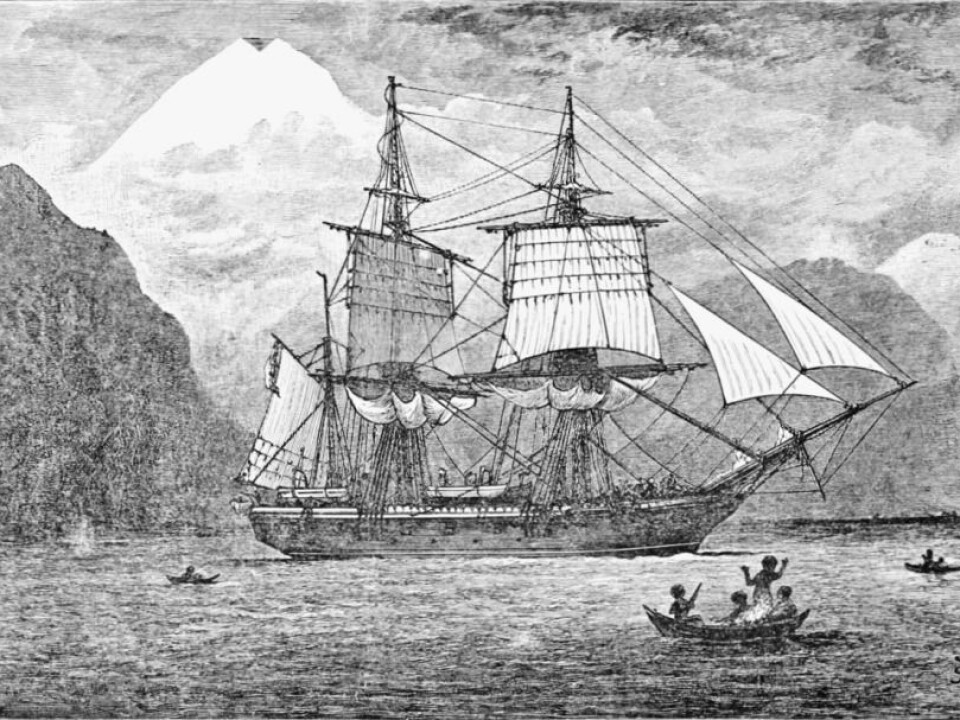
But in fact that was not his given name. He was actually Nicolai Olaus Lossius from Norway. Anders Kvernberg, librarian at the National Library of Norway in Oslo, tracked down Lossius through old letters, church records, sailor rolls and newspapers. He wanted to find out whether this Norwegian was indeed the man who greeted Darwin when he stepped ashore on Floreana.
The notable Norwegian
Lawson, or Lossius, apparently invited the captain of the Beagle to dinner, and told the guests that he could see which island a tortoise came from, just by looking at the shell.
Several historians agree that Lawson's comment may have been very important for Darwin's work. The British biologist David Lack even speculated in 1963 that The Origin of Species might never have been written without it.
Darwin names Mr. Lawson several times in his notes and diaries, and Lawson’s special insight may well have contributed to the basis of evolutionary theory that were starting to take shape for Darwin — that organisms adapt to their environment over time. Kvernberg cites Darwin's expedition report of the Beagle voyage:
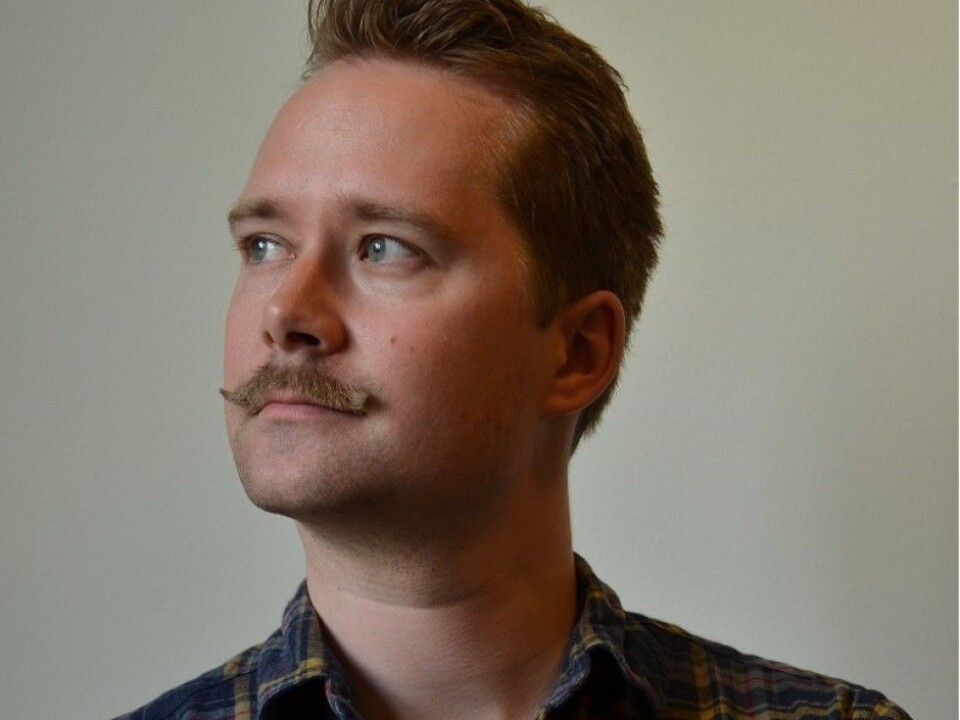
“I had not as yet noticed by far the most remarkable feature in the natural history of this archipelago; it is, that the different islands to a considerable extent are inhabited by a different set of beings. My attention was first called to this fact by the Vice-Governor, Mr. Lawson, declaring that the tortoises differed from the different islands, and that he could with certainty tell from which island any one was brought. I did not for some time pay sufficient attention to this statement."
Chance discoveries
“Darwin aficionados had long known about Lawson, but his identity remained a mystery,” says Kvernberg.
So how did the story of Lossius come to light? As it turns out, Kvernberg was drawn into this story through coincidence, the same way that Lossius may have been in the right place at the right time to inspire a young Darwin.
The Dutch physician and author Marcel Eugène Nordlohne was working on a big project about coincidences. He tried to find unknown people who had turned up and played a role at key times in world history, only to disappear again. Nordlohne had a theory that Lawson was Norwegian.
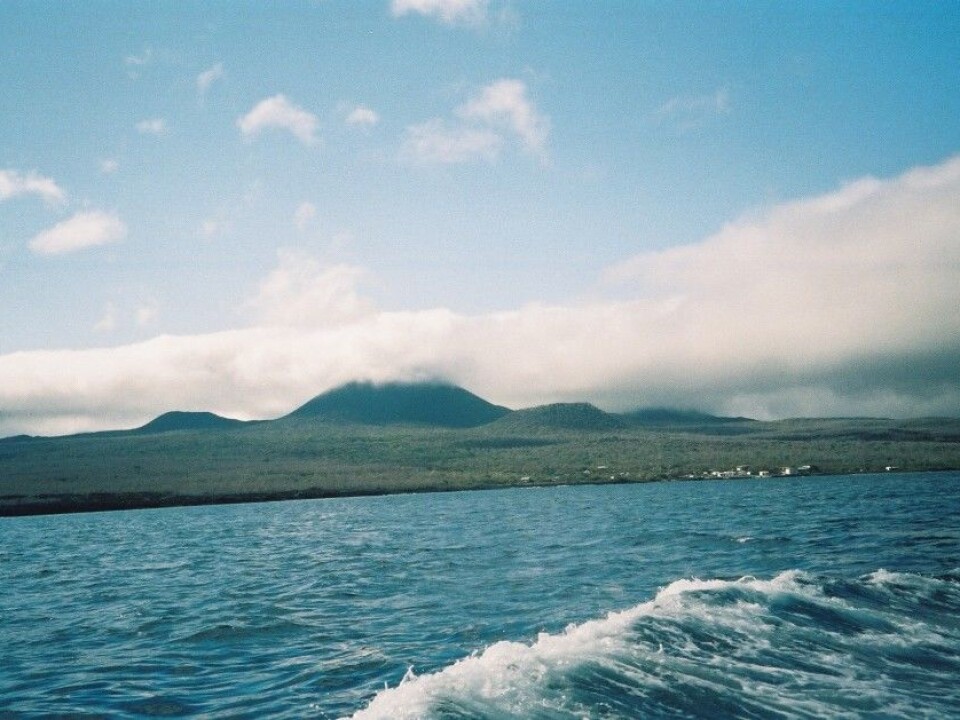
Kvernberg was initially sceptical about the theory, but did a quick check in the library to see if he could track down anything. He had to find evidence that Nicholas Oliver Lawson and Nicolai Olaus Lossius were the same person, and that Lossius was on the Galápagos Islands at the same time as Darwin.
In his search of quirky and obscure books that have been digitized in recent years, Kvernberg found the treasure trove he was looking for — a little booklet about the Lossius family from 1863. It contained eleven letters written by Lossius towards the end of his life and sent home to relatives in Norway. In one of the letters, Lossius mentioned that he had been sick just once, when he was on Floreana in 1835, the same year that Darwin was on the island. He signed the letter N.O. Lawson. Lossius’ story was also confirmed through other documents and sources, including Chilean archives.
An adventurer at heart
Kvernberg’s impression is that Lossius was a very social and strong-willed individual. From being captured and subjected to slavery by pirates in the Mediterranean in 1809 to becoming a ship builder, owner and trader in Chile in the 1820s, and then helping to run the Galápagos Islands until the late 1830s, Lossius’ experiences as a seafarer took him around the world.
In between, he worked as a sailor in the United States for a few years, fought in the War of 1812 against England, escaped capture at Gibraltar, and settled in England briefly. He moved and became a trader in Canada, and made a fortune in a short period. This didn’t last, and he went bankrupt in 1816.
South America beckons
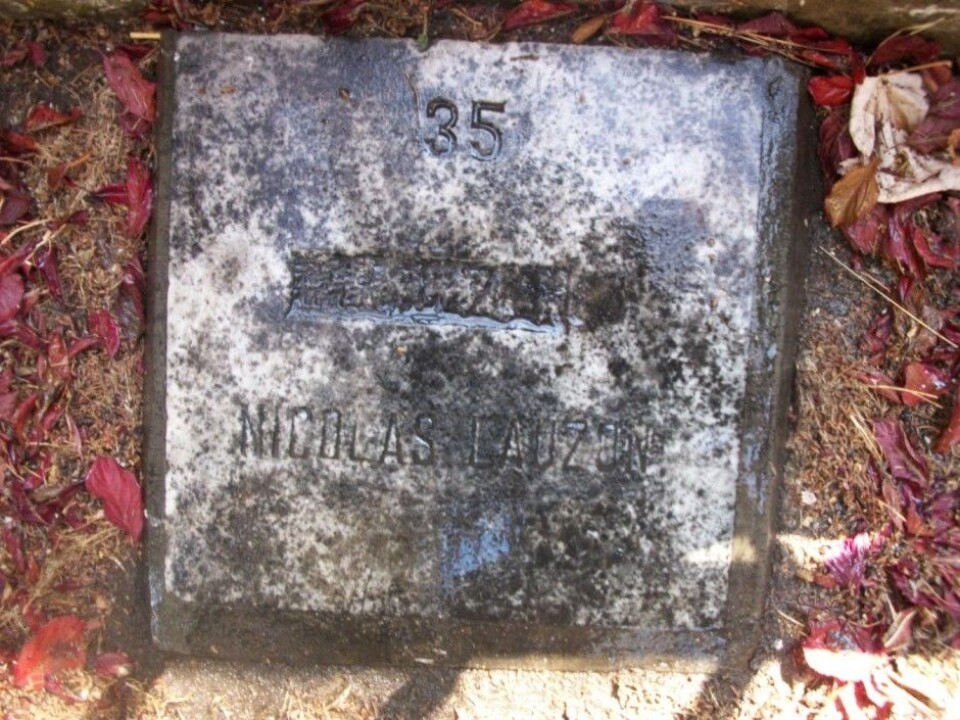
Lawson travelled to Chile, probably because the country had an urgent need for sailors at this time. In 1818 he joined the Chilean Navy, where he distinguished himself in several battles.
Through his subsequent tobacco and timber trading business, he would stop at the Galápagos Islands to restock the ship’s supplies of fresh water, fruit and tortoise meat.
Starting in the 1920s, Lossius had several long stays on the Galápagos Islands. Several visitors to the islands mention the "Englishman" Lawson, and that he was a very knowledgeable and energetic character.
By 1839, Lawson returned to his wife and children in Valparaíso, Chile and began corresponding with various relatives in Norway. He had not been in Norway since he was 16 years old and had forgotten his Norwegian. The letters were written in English, and these were the ones that popped up in Kvernberg’s research.
Lawson died in Valparaíso on 1 March 1851, eight years before Darwin released his most famous work, The Origin of Species.
-----------------------------------------
Read Lasse Biørnstad's Norwegian version of this article at forskning.no









